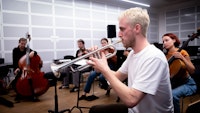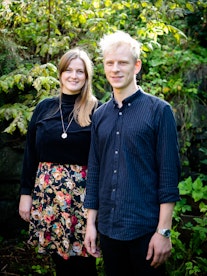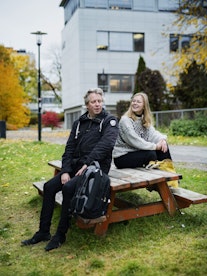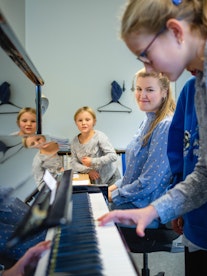Over the last decade, HME institutions have come under increasing pressure to reform their curricula to equip musicians for ‘portfolio’ or ‘protean’ careers. There is a considerable amount of research evidence from Australia, Canada and the USA that work-integrated learning (WIL) can help students to develop the skills and attributes that will help them negotiate the ever more fluid world of work in music. WIL involves the integration of theory and practice and work-based experiential learning is an important component of this process, giving students opportunities to become self-reflective in their application of theoretical principles in a work context.
According to the Association of European Conservatoires, there are five dominant models of HME in Europe: Anglo-Saxon, Mediterranean, Continental, Central and Eastern European, and Nordic. However, there is little research on professional placements within these models. This project aims to fill this gap by looking at placement provision within each model from the perspectives of the academic institutions, students and professional partners.
Research questions and methodology
The central research questions are:
1. How are PLPL programmes implemented in European Conservatoires in terms of the diversity of placement partners, duration, status (credits, elective or core)?
2. What are the political drivers (e.g. utility of education towards ‘real work’ skills and employment) and educational drivers (e.g. personal, musical, intellectual development) of placement provision?
3. What is the pedagogy of professional placement programmes (e.g. preparation, support, assessment, learning outcomes)?
4. What do the professional partners require from HME students undertaking placements and what benefits do they expect to derive?
5. How do placement programmes influence professional partners’ practices?
Significance
The study may contribute to an increased understanding of the role of professional placements in higher music education in the European context. In turn, this could inform curriculum design and stimulate international dialogues within which institutions from the different European models of HME can learn from each other, in accordance with the ethos of the Bologna process.
Project conclusion
The WILMA project came to its conclusion in 2021. The research group presented the project at the International Conference on Music Perception and Cognition (ICMPC ESCOM 2021) and submitted a research article presenting the results of the project. The aim of the WILMA project was to investigate the degree to which professional placement is used as study components in higher music education in Europe, and if so, what kind of schemes are used and for what reasons. The research team conducted a survey of conservatoires and semi-structured interviews with staff, students and placement hosts, which were transcribed for thematic analysis. 26 of the 35 respondents (74.3%) reported that their institutions offered placements to undergraduates. Themes relating to the educational and political motivations to provide placements, ethical issues, barriers to placement provision and challenges were derived from the interview data. The findings suggest that although the provision of work placements is varied in terms of preparation, support and assessment, they are highly valued by all stakeholder groups and sometimes pivotal in the development of musical identities. The research team hopes their findings can inform decisions on which face-to-face activities to reintroduce when pandemic restrictions ease.



